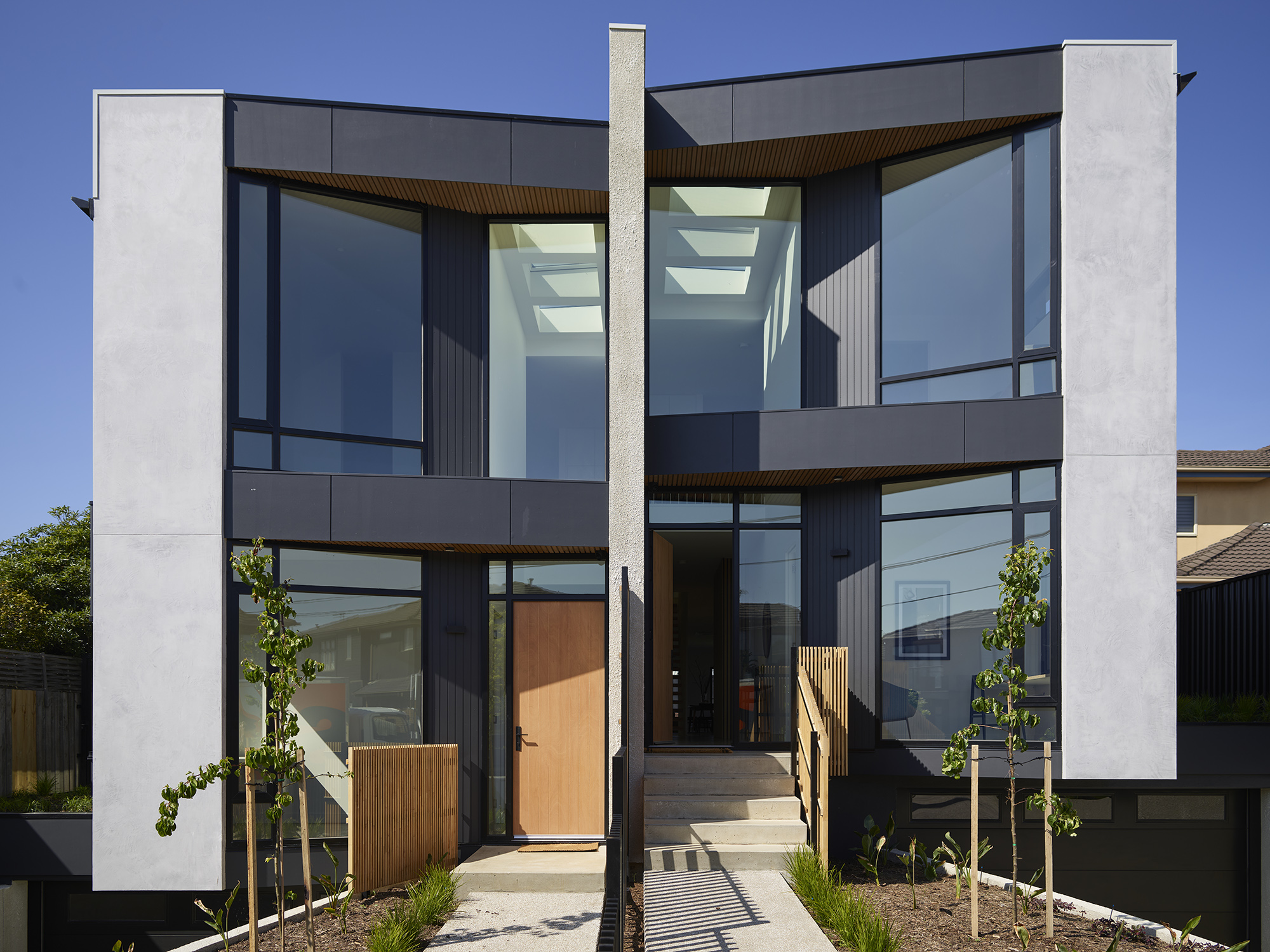In the serene environment of a gallery, a luxury retail space, or a high-end apartment foyer, one element can ruin the mood: the low hum, rattle, or whoosh of poorly considered HVAC systems.
As architects push the boundaries of spatial design with open-plan layouts, natural reverberation zones, and increasingly refined acoustic goals, HVAC systems can either be silent partners—or noisy intruders.
At Optima, we believe that silence is a design choice—and HVAC plays a crucial role in achieving it.
Where Design and Decibels Collide
It’s easy to overlook the mechanical reality behind thermal comfort until the sound of a return grille interrupts the peaceful atmosphere of a space. We’ve seen it happen: an acoustically treated ceiling rendered ineffective by careless duct routing or under-specified fan coil units. While the visual elements are an essential part of the design, sound is just as important and often just as influential.
This is particularly relevant in environments where noise levels need to be carefully controlled:
- Educational and cultural institutions, where clarity of speech and ambient quiet are essential.
- Luxury retail environments, where tranquillity underpins the brand experience.
- High-end residential buildings, where expectations for quiet comfort are non-negotiable.
In these spaces, the role of HVAC systems extends beyond temperature regulation—it directly impacts the overall sensory experience, including sound. A poorly designed HVAC system can undermine the intended atmosphere, but with thoughtful integration, HVAC can contribute to an environment’s peaceful ambiance.
Designing for Silence Begins at Concept
At Optima, we know that creating an acoustically sensitive HVAC system starts long before installation. Here’s how we ensure that noise is kept to a minimum while maintaining system efficiency:
1. Early-Stage Collaboration
Involving mechanical consultants at the concept stage of design allows HVAC and acoustic planning to work together from the beginning. By addressing acoustics early on, architects can optimise space and HVAC systems for both performance and noise control, avoiding later conflicts.
2. Selection of Low-Noise Equipment
Choosing low-noise equipment is critical in spaces that demand quiet. At Optima, we favour HVAC brands and configurations that meet strict decibel requirements without compromising energy efficiency or performance. We select systems that integrate seamlessly with the design while ensuring minimal noise impact.
3. Duct and Diffuser Layout Planning
Intelligent duct design can reduce turbulence, which in turn reduces noise. By planning duct and diffuser layouts carefully, we isolate noise-producing elements from occupied zones, ensuring that HVAC systems deliver comfort without disturbing the ambiance.
4. Acoustic Lagging and Isolation
Strategic insulation and vibration isolation treatments are crucial for preventing sound transmission through walls and ceilings. We use these techniques to isolate noisy components, such as fan coil units and ducts, from the building structure, preventing sound from travelling into the living or working spaces.
5. Avoiding Over-Specification
Bigger isn’t always better. Oversized systems can be unnecessarily loud and energy-inefficient. At Optima, we carefully match the size and specifications of HVAC systems to the actual needs of the space, ensuring that the systems operate quietly and efficiently without creating excess noise.
Architects Notice the Quiet Ones
Architects who collaborate with Optima often highlight our sensitivity to acoustic performance as a key differentiator. We don’t just respond to mechanical specifications—we listen to the design brief and prioritise the importance of sound. Whether your project involves gallery spaces, wellness centres, or premium apartments, we ensure that HVAC systems enhance the environment without disrupting its acoustics.
The question for every project should always be: How will this HVAC system sound in the real world?
Silence as a Design Choice
At Optima, we believe that silence is not a luxury, but an essential element of modern architectural design. By prioritising acoustics in HVAC system design, we ensure that the systems contribute to the overall experience of the space, supporting both thermal comfort and a serene atmosphere. Early collaboration, careful equipment selection, and smart system integration are the keys to achieving this balance.
If you're designing a space where acoustics are a priority, let’s collaborate. Together, we can create environments that are not only functional but also peaceful and inviting.

.svg)
